

Articles
How To Store Banana Trees Over Winter
Modified: January 5, 2024
Learn how to store banana trees during the winter months to preserve their health and ensure a fruitful season next year. Check out our helpful articles on winter storage tips and techniques.
(Many of the links in this article redirect to a specific reviewed product. Your purchase of these products through affiliate links helps to generate commission for Storables.com, at no extra cost. Learn more)
Introduction
Welcome to our guide on how to store banana trees over winter. If you live in a region with cold winters, you may be wondering what to do with your banana trees during the colder months to ensure their survival. Bananas are tropical plants that thrive in warm climates, so it’s important to take steps to protect them from frost and freezing temperatures.
There are several methods you can use to store banana trees over winter, depending on your specific circumstances and the available resources. In this article, we will walk you through the process of choosing the right method, preparing the trees for storage, creating a suitable storage area, and monitoring and maintaining the trees throughout the winter months.
By following these guidelines, you’ll be able to successfully store your banana trees and give them the best chance of surviving the winter, so that you can enjoy their lush foliage and delicious fruit year after year.
Key Takeaways:
- Protect your banana trees from freezing temperatures by choosing the right storage method, preparing them carefully, and creating a suitable winter storage area. With proper care, your trees can thrive year after year.
- Whether you dig up the entire tree, cut it down, or mulch it in place, monitoring and maintaining your stored banana trees is crucial. Prepare them for replanting in the spring to ensure their successful growth.
Read more: How To Store Cannas Over Winter
Choosing the Right Method
When it comes to storing banana trees over winter, there are three main methods to choose from: digging up the entire tree, cutting the tree down to the ground, or mulching the tree in place. The method you choose will depend on various factors such as the size of your trees, the climate in your area, and the resources available to you.
If you have relatively small banana trees that are still manageable in size, digging up the entire tree may be the best option. This method involves carefully digging up the entire plant, including the root ball, and storing it indoors in a cool, dry location. This method provides the greatest level of protection against freezing temperatures, as the tree is completely removed from the outdoor elements.
However, if your banana trees have grown too large to easily dig up or you have limited indoor space, you may consider cutting the tree down to the ground. This method involves cutting the tree back to ground level and covering the remaining stump with a thick layer of mulch. While this method is less labor-intensive, it may not provide as much protection against extreme cold. It is best suited for regions with milder winters where temperatures do not dip below freezing for extended periods.
Alternatively, if you live in a climate with mild winters and only the top portion of your banana trees is at risk of freezing, you can opt for mulching the tree in place. This method involves cutting the leaves off the tree and then creating a mound of mulch around the base of the trunk. The mulch acts as an insulating layer, protecting the roots from frost while allowing the tree to remain in the ground. This method is ideal for regions where winter temperatures are rarely below freezing.
It’s important to carefully consider your specific circumstances and choose the method that best suits your needs and climate. By selecting the right method, you can ensure the survival of your banana trees throughout the winter months.
Preparing the Banana Trees for Storage
Before you proceed with storing your banana trees for winter, it’s crucial to properly prepare them to ensure their health and vitality during the dormant period. Here are some steps to follow when preparing your bananas for storage:
1. Prune the leaves: Start by cutting the leaves of the banana tree close to the trunk. This will help reduce water loss and minimize the risk of disease and pests during storage. Make clean cuts to prevent any potential damage to the trunk.
2. Remove excess soil: If you choose to dig up the entire tree, gently shake off any excess soil from the roots. This will help prevent the buildup of moisture and minimize the risk of root rot. Be careful not to damage the roots when removing the soil.
3. Inspect for pests and diseases: Take the time to inspect your banana trees for any signs of pests or diseases. Look for common issues such as banana aphids, nematodes, or fusarium wilt. If you notice any problems, treat them accordingly before storage to prevent the spread of pests or diseases during the dormant period.
4. Allow the tree to dry: Give the pruned tree some time to dry out before moving it to storage. This will help reduce the risk of fungus or rot developing in the storage area. Place the tree in a well-ventilated area, away from direct sunlight, to allow any excess moisture to evaporate.
5. Wrap the tree: If you have chosen to cut the tree down to the ground, consider wrapping the remaining trunk with burlap or a similar material for added protection. This will help insulate the tree from extreme temperatures and prevent frost damage.
6. Label and organize: Before storing multiple banana trees, label them to ensure you know which variety or cultivar each one is. This will prevent confusion when it comes time to replant them in spring. Additionally, organize the storage area, ensuring that there is enough space and proper ventilation for each tree.
By following these steps, you will be ensuring that your banana trees are in the best possible condition for storage. This will help them survive the winter months and emerge healthy and ready for replanting in the spring.
Method 1: Digging up the Entire Tree
If you have decided to dig up the entire banana tree for winter storage, there are a few key steps you need to follow to ensure success. Here’s a guide on how to properly store your banana tree using this method:
1. Choose the right time: Before the first frost hits, choose a dry day to dig up the tree. Early fall is typically the best time to do this, allowing the tree enough time to adjust to its new environment before freezing temperatures arrive.
2. Prepare the storage container: Select a suitable storage container, such as a large pot or container with drainage holes, that can accommodate the entire root ball of the banana tree. Fill the container with well-draining potting mix or a blend of soil and compost.
3. Dig around the tree: Use a sharp shovel or spade to carefully dig around the base of the banana tree, creating a wide circle around the root ball. Be cautious not to damage the roots during this process.
4. Lift the tree: Once you have sufficiently dug around the tree, gently lift the banana tree, ensuring that you keep the entire root ball intact. Carefully transfer the tree to the prepared storage container, ensuring that it is centered and upright.
5. Trim the roots (optional): If the root ball is large and dense, you may want to trim some of the roots before placing the tree in the storage container. This will help prevent overcrowding and allow for better root development during the storage period.
6. Place in a suitable location: Find a cool and dry location to store the container with the banana tree. Ideally, the temperature should remain between 45°F (7°C) and 55°F (13°C) to promote dormancy without freezing the tree.
7. Monitor moisture levels: Check the moisture level of the soil regularly and ensure it remains slightly moist but not overly wet. Overwatering can lead to root rot, while underwatering can cause the plant to dry out. Strike a balance to keep the tree healthy during storage.
8. Provide occasional light: Banana trees require some light during storage to maintain their health. If possible, place the container in a location where the tree will receive indirect sunlight for a few hours each day. Avoid placing it near direct heat sources or drafts.
By following these steps, you’ll be able to successfully store your banana tree by digging up the entire plant. This method provides the highest level of protection during winter and ensures that your tree remains in optimal condition for replanting in the spring.
Method 2: Cutting the Tree Down to the Ground
If digging up the entire banana tree is not a feasible option for you, cutting the tree down to the ground and providing winter protection can be an effective alternative. Here’s a step-by-step guide on how to store your banana tree using this method:
1. Choose the right time: Wait until the first frost has occurred, usually in early fall, to cut down the banana tree. This ensures that the tree has enough time to prepare for dormancy.
2. Cut the tree: Use a sharp, clean tool such as pruning shears or a saw to cut the tree down to ground level. Make clean cuts to prevent damage to the remaining trunk.
3. Remove excess debris: Once the tree is cut, remove any fallen leaves or debris around the base of the trunk. This helps prevent the buildup of moisture and reduces the risk of pests and diseases.
4. Protect the stump: Wrap the remaining trunk with burlap or similar material to provide insulation and protect it from extreme cold. Secure the wrap in place using twine or tape, ensuring it is tight but not constricting the trunk.
5. Mulch the area: Apply a thick layer of mulch around the base of the tree, covering the stump and the surrounding soil. This will help insulate the roots and protect them from freezing temperatures.
6. Monitor moisture levels: Check the moisture of the soil regularly throughout the winter. Keep the soil slightly moist but not saturated. Avoid overwatering, as this can lead to root rot. Water only when necessary.
7. Provide occasional ventilation: If the weather allows, provide some ventilation to prevent excessive moisture buildup. On mild days, uncover the mulch slightly or remove the burlap wrap to allow for air circulation.
8. Inspect for pests and diseases: Regularly inspect the tree for any signs of pests or diseases. Treat any issues promptly to prevent further damage. Removing fallen leaves and debris can also help minimize pest and disease risks.
By following these steps, you can effectively store your banana tree by cutting it down to the ground. This method provides some protection from the cold and is suitable for regions with milder winters where temperatures do not drop significantly below freezing.
Read more: How To Store Bulbs Over Winter
Method 3: Mulching the Tree in Place
If you live in a region with mild winters and your banana tree is well-established, mulching the tree in place can be an effective method for protecting it during the colder months. Here’s a step-by-step guide on how to store your banana tree using this method:
1. Prepare the tree: Before mulching, cut back the leaves of the banana tree to a height of about 2 to 3 feet (60 to 90 centimeters) from the ground. This will make it easier to work with and reduce the risk of any damage during the storage process.
2. Create a mulch mound: Surround the base of the banana tree with a thick layer of mulch. Use organic materials such as straw, wood chips, or shredded leaves. Build a mound of mulch around the trunk, ensuring that it reaches a height of at least 1 to 2 feet (30 to 60 centimeters). The mulch acts as an insulating layer, protecting the roots from freezing temperatures.
3. Secure the mulch: Use garden stakes or rocks to secure the mulch in place, preventing it from washing away or being blown by strong winds. This will help maintain the insulation provided by the mulch throughout the winter.
4. Monitor moisture levels: Check the moisture level of the mulch regularly. It should be kept slightly moist but not soggy. Overwatering can lead to root rot, so be cautious not to overwater. Water only when the top layer of mulch feels dry to the touch.
5. Provide occasional ventilation: On mild days, you can uncover a small portion of the mulch to allow air circulation and prevent excessive moisture buildup. However, be mindful of upcoming cold spells and ensure that the mulch is returned to its original position before freezing temperatures return.
6. Inspect for pests and diseases: Regularly check the tree for any signs of pests or diseases. Look for common issues such as banana aphids, nematodes, or fungal infections. Treat any problems promptly to prevent them from spreading during the dormant period.
7. Monitor temperature fluctuations: Keep an eye on weather forecasts and be prepared to provide additional protection if a sudden cold snap occurs. Consider covering the mulch mound with a layer of burlap or blankets for added insulation during extreme cold spells.
By following these steps, you can successfully store your banana tree by mulching it in place. This method is ideal for regions with mild winters, where temperatures rarely drop below freezing. It allows the banana tree to remain in the ground while providing sufficient protection to ensure its survival throughout the winter months.
Creating the Winter Storage Area
When it comes to storing banana trees over winter, creating a suitable storage area is crucial to their survival. Here are some important factors to consider when setting up a winter storage area:
1. Temperature and humidity: Choose a storage area that maintains a consistent temperature between 45°F (7°C) and 55°F (13°C). This range provides the ideal conditions for the banana tree to enter dormancy without freezing. Additionally, aim for a humidity level of around 50-60% to prevent excessive drying of the plant.
2. Light exposure: While banana trees are dormant during winter, they still require some light. Find a storage area with indirect sunlight or low-level artificial light to ensure the tree receives enough light to sustain its health while in storage. Avoid direct sunlight, as it can cause the tree to break dormancy prematurely.
3. Ventilation: Ensure that the storage area has proper ventilation to prevent the buildup of excess humidity. Good airflow helps minimize the risk of fungal diseases and promotes a healthy storage environment for the banana tree.
4. Insulation: If your storage area is subject to extreme cold temperatures, it’s essential to insulate the space adequately. Use insulation materials like bubble wrap, blankets, or straw to cover any windows or walls that may allow cold air to enter. This will help maintain a more consistent temperature for the stored banana trees.
5. Space and organization: Arrange the storage area to accommodate the size and number of banana trees you are storing. Ensure there is enough space between the plants for proper ventilation. Label the containers or pots with the respective banana tree variety or cultivar to avoid confusion during replanting.
6. Pest and disease prevention: Before moving the banana trees into the storage area, inspect them for any signs of pests or diseases. Treat any issues accordingly to prevent the spread of pests and diseases in the storage area. Keep the storage area clean and free from debris that may attract pests.
7. Monitoring: Regularly check on the stored banana trees during the winter period. Monitor the temperature, humidity, and overall condition of the plants. Adjust the storage area if necessary to maintain optimal conditions for the trees’ well-being.
By creating a dedicated winter storage area with the right temperature, light exposure, ventilation, and organization, you can provide the best possible conditions for the banana trees to remain healthy and protected throughout the winter months.
Preparing the Banana Trees for Storage
Properly preparing the banana trees for storage is essential to ensure their health and survival during the dormant period. Here are important steps to follow when preparing the trees for storage:
1. Prune the leaves: Start by cutting back the leaves of the banana tree to a manageable height, leaving about 2 to 3 feet of foliage. Pruning helps reduce water loss and minimizes the risk of disease and pests during storage. Make clean cuts to prevent any potential damage to the trunk.
2. Remove excess soil: If you are digging up the entire tree, gently shake off any excess soil from the roots. This will help prevent the build-up of moisture and minimize the risk of root rot. Be careful not to damage the roots when removing the soil.
3. Inspect for pests and diseases: Take the time to inspect the banana trees for any signs of pests or diseases. Examine the leaves, stems, and roots for common issues such as banana aphids, nematodes, or fungal infections. If you notice any problems, treat them accordingly before storage to prevent the spread of pests or diseases during the dormant period.
4. Allow the tree to dry: After pruning and inspecting, give the banana tree some time to dry out before moving it to the storage area. This helps reduce the risk of fungus or rot developing in the storage space. Place the tree in a well-ventilated area, away from direct sunlight, to allow any excess moisture to evaporate.
5. Wrap the tree (optional): If desired, you can wrap the trunk of the banana tree with burlap or a similar material for added protection. Wrapping helps insulate the trunk from extreme temperatures and prevents frost damage. Secure the wrap in place using twine or tape, taking care not to constrict the trunk too tightly.
6. Label and organize: If you are storing multiple banana trees, label them to ensure you know which variety or cultivar each one is. This will prevent confusion when it comes time to replant them in the spring. Additionally, organize the storage area, ensuring that there is enough space and proper ventilation for each tree.
7. Monitor moisture levels: While in storage, it’s important to monitor the moisture levels around the banana trees. Check the soil or container regularly and water sparingly if needed. Avoid overwatering, as excessive moisture can lead to root rot. Maintain a slightly moist but not saturated environment for the trees.
By following these steps, you will be properly preparing the banana trees for storage, creating the best conditions for their well-being during the dormant period. This preparation will help ensure their health and vitality until it’s time to replant them in the spring.
Method 1: Digging up the Entire Tree
When it comes to storing banana trees over winter, one effective method is to dig up the entire tree and store it indoors. This method provides the highest level of protection against freezing temperatures. Here’s a step-by-step guide on how to store your banana tree using this method:
1. Choose the right time: The best time to dig up your banana tree is before the first frost of winter. This usually occurs in early fall. Select a dry day to ensure the soil is not too moist, making it easier to remove the tree from the ground.
2. Prepare the storage area: Before digging up the tree, prepare a suitable storage location indoors. This can be a basement, garage, or any cool and dry space where the tree can be kept throughout the winter. Ensure the area has adequate ventilation and enough room to accommodate the size of the tree.
3. Dig around the tree: Use a sharp spade or shovel to dig a wide circle around the base of the tree, gradually working your way towards the center. Take care to avoid damaging the roots as you dig. Create a trench around the tree, cutting through any shallow roots that may be in the way.
4. Lift the tree: Once you have dug around the root ball, gently lift the tree using a tarp or burlap sling. Enlist the help of others if necessary to support the weight of the tree and prevent any damage during the lift. Lift the tree straight up to minimize root disturbance.
5. Shake off excess soil: Once the tree is out of the ground, shake off any excess soil from the roots. Be gentle to avoid damaging the roots. Removing the soil helps prevent the accumulation of moisture and reduces the risk of root rot during storage.
6. Trim the roots (optional): If the root ball is large and dense, you may consider trimming some of the roots to promote better growth and development during storage. Use clean pruning shears to trim any overly long or damaged roots, being careful not to remove too much of the root system.
7. Prepare the storage container: Choose a large container or pot with drainage holes that is suitable for the size of the root ball. Fill the container with well-draining potting mix or a mixture of soil and compost. Place the tree in the container, ensuring the root ball is positioned properly and the tree stands upright.
8. Store in a cool and dry location: Place the container in the prepared storage area. The ideal temperature for storage is between 45°F (7°C) and 55°F (13°C). Ensure the storage area is dry and free from drafts that may cause temperature fluctuations.
9. Monitor and maintain: Regularly check the moisture level of the soil in the container. Keep it slightly moist but not overly wet. Monitor the tree for any signs of pests or diseases and treat them appropriately. Check the storage area periodically to ensure the temperature and humidity are within the desired range.
By following these steps, you can successfully store your banana tree by digging up the entire plant. This method provides the highest level of protection against freezing temperatures and allows you to keep the tree indoors, ensuring its survival during the winter months.
Method 2: Cutting the Tree Down to the Ground
If digging up the entire banana tree is not feasible for storage, cutting the tree down to the ground and providing winter protection can be an effective alternative. Here’s a step-by-step guide on how to store your banana tree using this method:
1. Choose the right time: Wait until the first frost has occurred, usually in early fall, before cutting down the banana tree. This allows the tree some time to prepare for dormancy.
2. Cut the tree: Using clean and sharp pruning shears or a saw, cut the banana tree down to ground level. Make clean cuts to prevent any damage to the remaining trunk. Remove any excess foliage or leaves as well.
3. Protect the stump: Wrap the remaining trunk with burlap or a similar material to provide insulation and protection from extreme cold temperatures. Secure the wrap in place using twine or tape, ensuring it is snug but not constricting the trunk.
4. Mulch the area: Cover the base of the tree and the surrounding soil with a thick layer of organic mulch, such as straw or wood chips. This will help insulate the roots and protect them from freezing temperatures during winter.
5. Monitor moisture levels: Check the moisture level of the mulch regularly. The soil should remain slightly moist but not overly wet. Avoid overwatering, as this can lead to root rot. Water only when the mulch and soil feel dry to the touch.
6. Provide occasional ventilation: If the weather permits, provide some ventilation by uncovering a small portion of the mulch during milder days. This helps prevent excessive moisture buildup and promotes air circulation around the tree.
7. Inspect for pests and diseases: Regularly inspect the tree for any signs of pests or diseases. Treat any issues promptly to prevent further damage. Remove fallen leaves and debris from the mulch to minimize the risk of pests or diseases.
8. Monitor temperature fluctuations: Stay updated with weather forecasts and be prepared to provide additional protection if there is a sudden drop in temperature. Consider covering the mulch and wrapped trunk with a layer of burlap or blankets during extreme cold spells.
By following these steps, you can effectively store your banana tree by cutting it down to the ground. This method provides some protection from the cold and is suitable for regions with milder winters where temperatures do not frequently drop below freezing.
Read more: How To Store Bulbs Over Winter
Method 3: Mulching the Tree in Place
If you live in a region with mild winters and have well-established banana trees, mulching the tree in place is an effective method for winter protection. Here’s a step-by-step guide on how to store your banana tree using this method:
1. Prepare the tree: Before mulching, cut back the leaves of the banana tree to a height of about 2 to 3 feet from the ground. This makes it more manageable and reduces the risk of damage during the storage process.
2. Create a mulch mound: Surround the base of the banana tree with a thick layer of organic mulch such as straw, wood chips, or shredded leaves. Build a mound around the trunk, ensuring it reaches a height of at least 1 to 2 feet. This mulch layer acts as insulation for the roots.
3. Secure the mulch: Use rocks or garden stakes to secure the mulch in place, preventing it from washing away or being blown by strong winds. This helps maintain the insulation provided by the mulch throughout the winter.
4. Monitor moisture levels: Check the moisture level of the mulch regularly. It should be kept slightly moist but not overly wet. Overwatering can lead to root rot, so be cautious not to water excessively. Water only when the top layer of mulch feels dry to the touch.
5. Provide occasional ventilation: On mild days, you can uncover a small portion of the mulch to allow for air circulation and prevent excessive moisture buildup. However, be mindful of upcoming cold spells and ensure that the mulch is returned to its original position before freezing temperatures return.
6. Inspect for pests and diseases: Regularly check the banana tree for any signs of pests or diseases. Look for common issues such as banana aphids, nematodes, or fungal infections. Treat any problems promptly to prevent them from spreading during the dormant period.
7. Monitor temperature fluctuations: Stay informed about weather conditions and be prepared to provide additional protection if sudden temperature drops are forecasted. Consider covering the mulch mound with a layer of burlap or blankets during extreme cold spells for added insulation.
By following these steps, you can successfully store your banana tree by mulching it in place. This method is ideal for regions with mild winters, where temperatures rarely drop below freezing. It allows the banana tree to remain in the ground while providing sufficient protection to ensure its survival throughout the winter months.
Creating the Winter Storage Area
When it comes to storing banana trees over winter, creating a suitable winter storage area is crucial for their survival. Here’s a step-by-step guide on how to create the ideal storage conditions for your banana trees:
1. Choose a suitable location: Select a location for the winter storage area that meets the specific needs of your banana trees. Ideally, it should be a cool and dry space, such as a basement, garage, or any area protected from extreme temperatures and frost.
2. Maintain a consistent temperature: The temperature in the storage area should ideally be between 45°F (7°C) and 55°F (13°C). This range allows the banana trees to enter dormancy without freezing or experiencing extreme fluctuations in temperature. Use a thermometer to monitor the temperature regularly.
3. Provide adequate ventilation: Proper airflow is essential to prevent the buildup of excessive moisture and prevent the growth of mold or mildew. Ensure that the storage area has proper ventilation, such as vents or an open window. This will help maintain a healthy environment for the stored banana trees.
4. Control lighting conditions: During the dormant period, banana trees require limited light exposure. Block out any direct sunlight by covering windows with a light-filtering material or keeping the storage area in a darker location. This helps promote dormancy and prevents premature growth.
5. Insulate against extreme temperatures: Protect the stored banana trees from extreme temperatures by insulating the storage area. Use insulation materials such as foam boards or blankets to cover windows, walls, and any other areas that may allow cold air to enter. This provides added protection against freezing temperatures.
6. Organize the storage space: Arrange the stored banana trees in an organized manner, allowing sufficient space between each tree to facilitate air circulation. Label the containers or pots to easily identify different varieties or cultivars. This organization helps when it’s time to replant the trees in the spring.
7. Monitor humidity levels: Aim for a humidity level of around 50-60% in the storage area. Excessive humidity can lead to the development of mold and mildew, while excessively dry conditions can cause the banana trees to dry out. Use a hygrometer to monitor and maintain the desired humidity level.
8. Check regularly and make adjustments: Regularly monitor the temperature, ventilation, and humidity levels in the storage area. Adjust as needed to maintain optimal conditions for the stored banana trees. Perform regular checks for any signs of pests, diseases, or excess moisture that could affect the health of the trees.
By following these steps, you can create an ideal winter storage area for your banana trees. Providing the right temperature, ventilation, lighting, insulation, and organization will help ensure the trees remain healthy and protected during the dormant period, ready to thrive when spring arrives.
Monitoring and Maintaining the Banana Trees
While your banana trees are in winter storage, it is important to monitor and maintain their condition to ensure their health and vitality. Regular checks and proper care during this dormant period will help the trees stay in optimal condition until it’s time to replant them in the spring. Here are some key guidelines to follow:
1. Regularly check the storage environment: Monitor the temperature, humidity, and ventilation in the storage area on a regular basis. Ensure that the temperature remains within the ideal range of 45°F (7°C) to 55°F (13°C) and that humidity levels are around 50-60%. Make any necessary adjustments to maintain these conditions.
2. Inspect for pests and diseases: Check the banana trees for any signs of pests or diseases during storage. Look for common issues such as aphids, scales, or fungal infections. Treat any problems promptly to prevent further damage or spreading to other plants in storage.
3. Monitor moisture levels: Regularly check the moisture level of the soil or the storage container. Avoid overwatering, as soggy soil can lead to root rot. Likewise, ensure the soil doesn’t dry out completely by watering sparingly whenever necessary.
4. Adjust lighting conditions if needed: If the storage area receives any incidental light, monitor the exposure and adjust as needed. Ensure the banana trees are not exposed to prolonged periods of direct sunlight, as this can trigger premature growth or damage the stored leaves.
5. Maintain proper air circulation: Ensure that the storage area has adequate ventilation. This allows fresh air to circulate and prevents the buildup of excessive humidity, which can promote the growth of mold or mildew. However, avoid exposing the trees to drafts, which can harm the dormant plants.
6. Inspect and address any abiotic issues: Monitor the trees for any non-living issues such as improper soil moisture, nutrient deficiencies, or excessive drying of leaves. Address these issues promptly by adjusting watering, adding fertilizer as needed, or adjusting the storage environment accordingly.
7. Check periodically for any physical damage: Inspect the banana trees for any physical damage that may have occurred during storage, such as broken branches or pest infestation. Remove any damaged or decaying parts carefully to prevent further complications.
8. Avoid disturbance: Minimize any unnecessary handling or movement of the stored trees to avoid disturbing their dormancy. This helps maintain their state of rest and ensures their energy reserves are preserved for growth in the upcoming season.
By following these monitoring and maintenance practices, you can help ensure the well-being of your stored banana trees during the winter months. With proper care and attention, the trees will emerge from their dormant state healthy and ready for replanting in the spring.
Read more: How To Store Carrots Over Winter
Preparing the Banana Trees for Replanting
As winter comes to an end and spring approaches, it’s time to prepare your stored banana trees for replanting. Proper preparation ensures a smooth transition from winter storage to the outdoors. Here are important steps to follow when preparing your banana trees for replanting:
1. Determine the right time: Wait until the danger of frost has passed and temperatures consistently remain above 50°F (10°C) before transplanting your banana trees. This usually occurs in the late spring or early summer, depending on your specific location.
2. Gradually acclimate the trees: Before moving the banana trees straight from the storage area to their permanent location, gradually expose them to outdoor conditions. Start by placing the trees in a shaded or partially shaded area for a few hours each day, gradually increasing their exposure to sunlight over a period of one to two weeks.
3. Select the planting site: Choose a well-draining location with full to partial sun exposure for optimal growth. Banana trees prefer rich, loamy soil with good moisture retention. Ensure that the planting site is protected from strong winds and has enough space for the size and growth of the tree.
4. Prepare the planting hole: Dig a hole that is wide and deep enough to accommodate the root ball of the banana tree. Incorporate organic matter such as compost or well-rotted manure into the soil to improve its fertility and drainage.
5. Gently remove the tree from storage: Carefully remove the banana tree from its storage container, taking care not to damage the roots. Loosen the root ball if it has become compacted during storage, but avoid excessive disturbance to minimize transplant shock.
6. Plant the tree: Place the banana tree in the center of the planting hole, ensuring that the top of the root ball sits slightly above ground level. Backfill the hole with soil, gently firming it around the roots to eliminate any air pockets. Water the newly planted tree thoroughly to settle the soil and provide initial hydration.
7. Provide ongoing care: After planting, continue to care for the banana trees by providing regular watering, fertilization, and monitoring for any signs of pests or diseases. Avoid overwatering, as this can cause root rot, but make sure the soil remains consistently moist during the growing season.
8. Mulch and protect: Apply a layer of organic mulch around the base of the banana trees to help retain moisture, suppress weeds, and provide insulation. As the trees grow, provide additional support such as stakes or ties to protect against strong winds.
By following these steps, you can successfully prepare your stored banana trees for replanting. With proper care and attention in the transitioning process, your banana trees will have the best chance of thriving and providing you with lush foliage and delicious fruit once again.
Conclusion
Storing banana trees over winter requires careful planning and consideration to ensure their survival and successful growth in the upcoming season. Whether you choose to dig up the entire tree, cut it down to the ground, or mulch it in place, each method has its own benefits and considerations. By following the appropriate steps and providing the right conditions, you can protect your banana trees from freezing temperatures and give them the best chance to thrive.
Preparing the banana trees for storage involves proper pruning, inspecting for pests and diseases, and allowing the trees to dry before storage. Each method requires specific actions, such as digging up the roots for storage indoors, cutting down the tree to the ground and protecting the stump, or mulching the tree in place. These actions help ensure the health and vitality of the trees during their dormant period.
Creating a suitable winter storage area is essential for maintaining optimal conditions. Controlling temperature, humidity, and light exposure in the storage area is vital, as is providing proper ventilation and insulation. With the right environment, you can help prevent damage and maintain the trees’ dormancy until it’s time for replanting.
Monitoring and maintaining the stored banana trees is crucial during the winter months. Regular checks for pests, diseases, moisture levels, and temperature control are necessary to ensure the trees’ well-being. Taking necessary precautions, such as adjusting ventilation and providing occasional light exposure, helps prevent problems and promotes healthy growth once spring arrives.
When it’s time for replanting, careful preparation is key. Gradually acclimating the trees to outdoor conditions, selecting an appropriate planting site, and providing ongoing care and maintenance will help the banana trees thrive in their new environment.
In conclusion, storing banana trees over winter requires attention to detail and proper care. By following the methods and guidelines outlined in this article, you can successfully protect your banana trees, ensuring their health, and setting the stage for another season of lush foliage and delicious fruit. With the right approach, you can enjoy the beauty and bounty of your banana trees year after year.
Frequently Asked Questions about How To Store Banana Trees Over Winter
Was this page helpful?
At Storables.com, we guarantee accurate and reliable information. Our content, validated by Expert Board Contributors, is crafted following stringent Editorial Policies. We're committed to providing you with well-researched, expert-backed insights for all your informational needs.
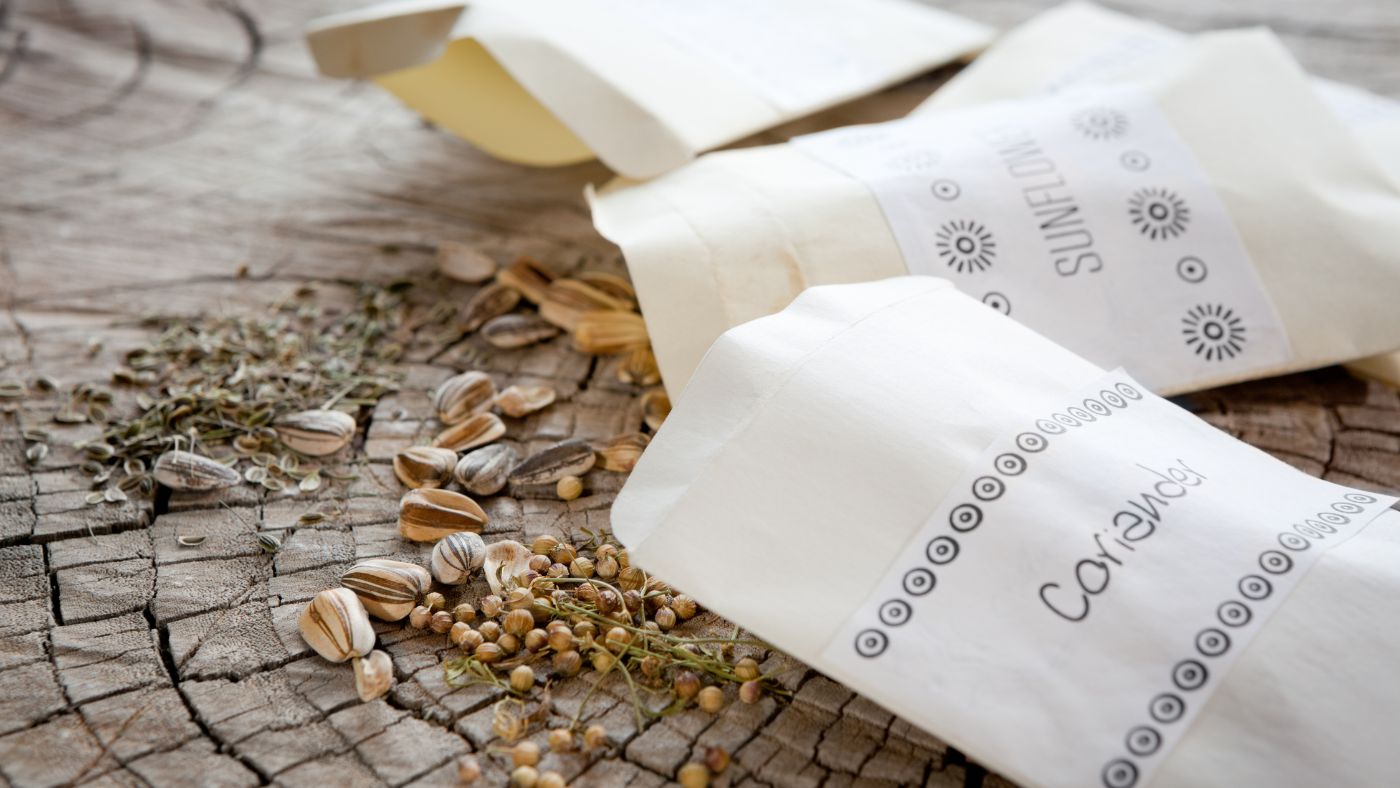

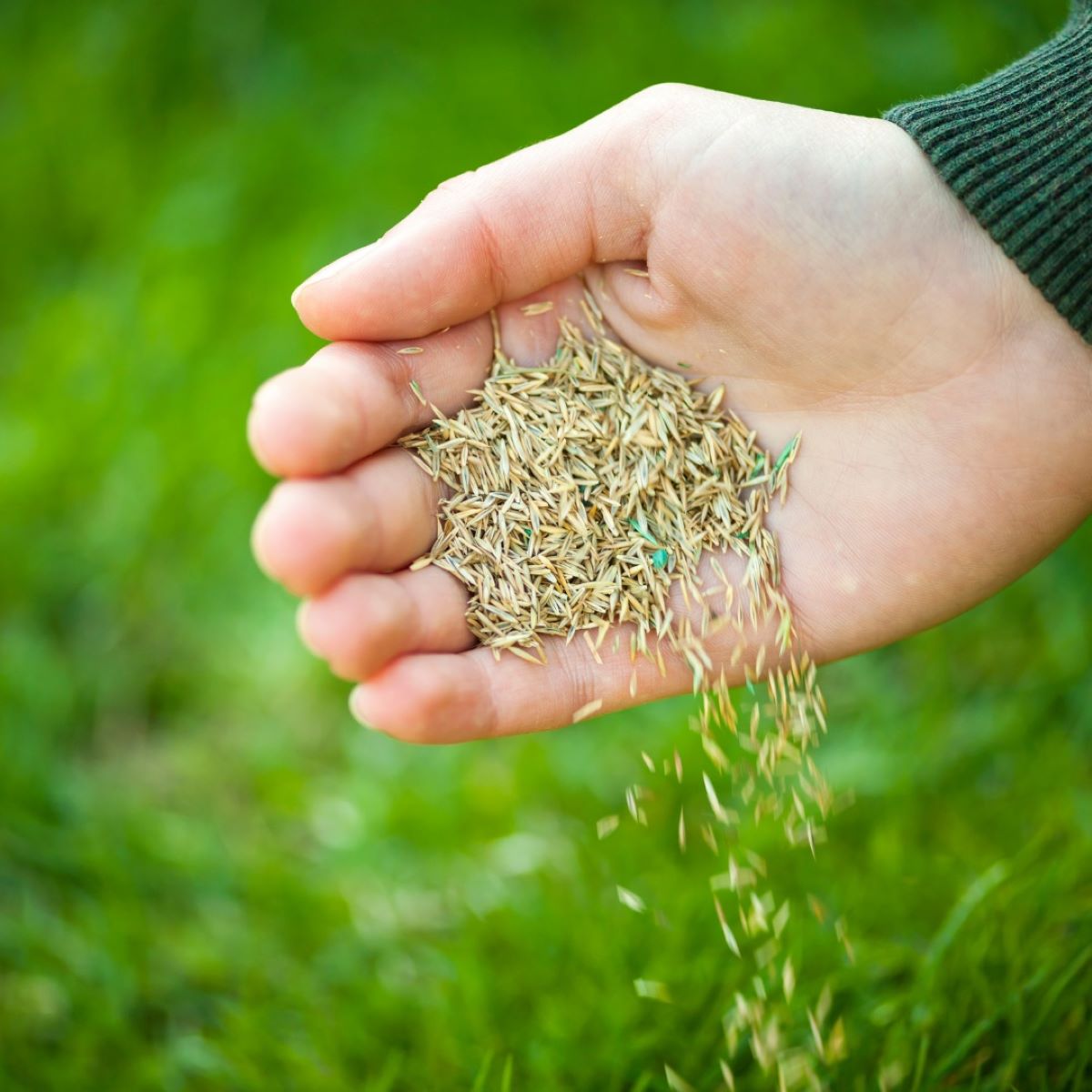
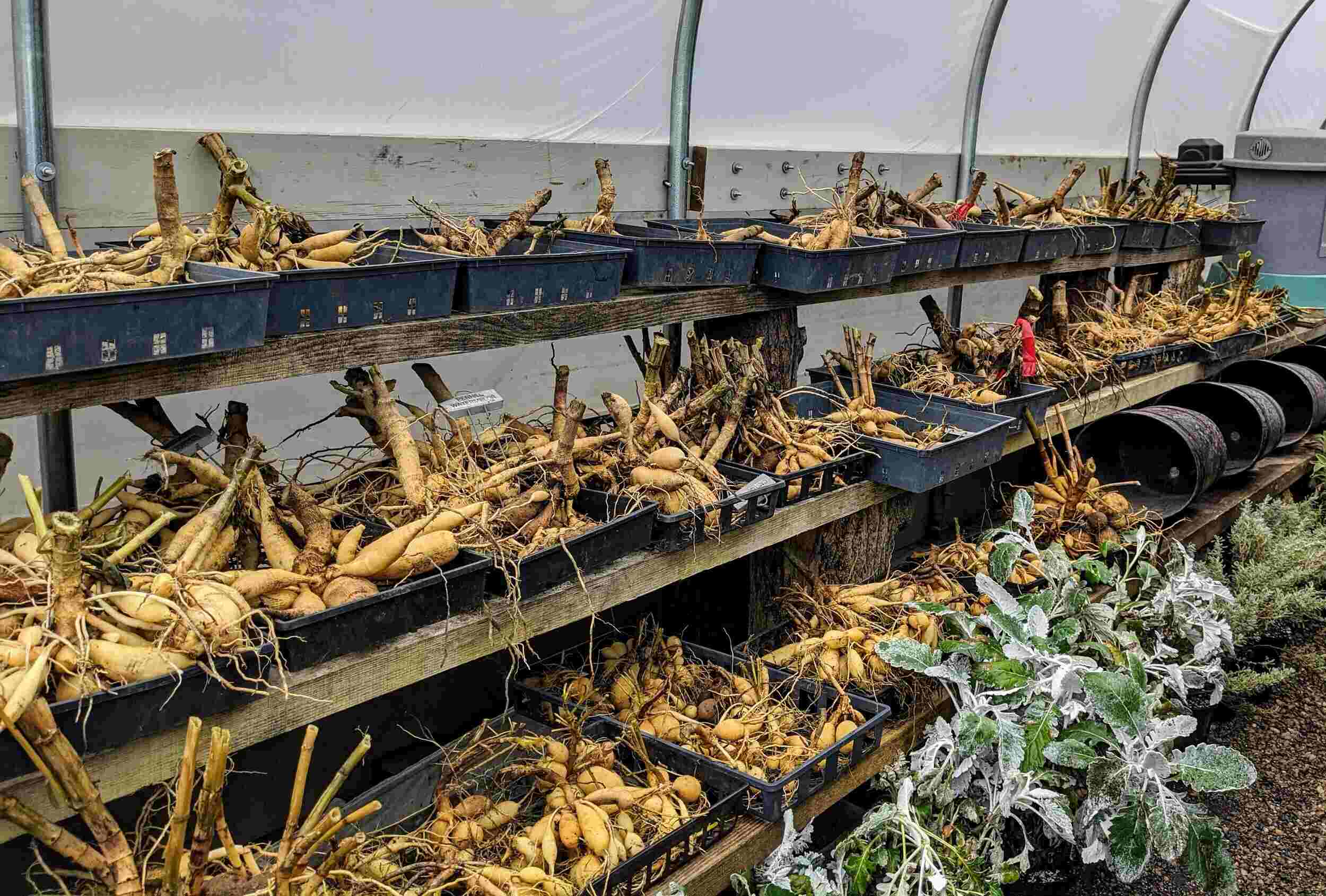
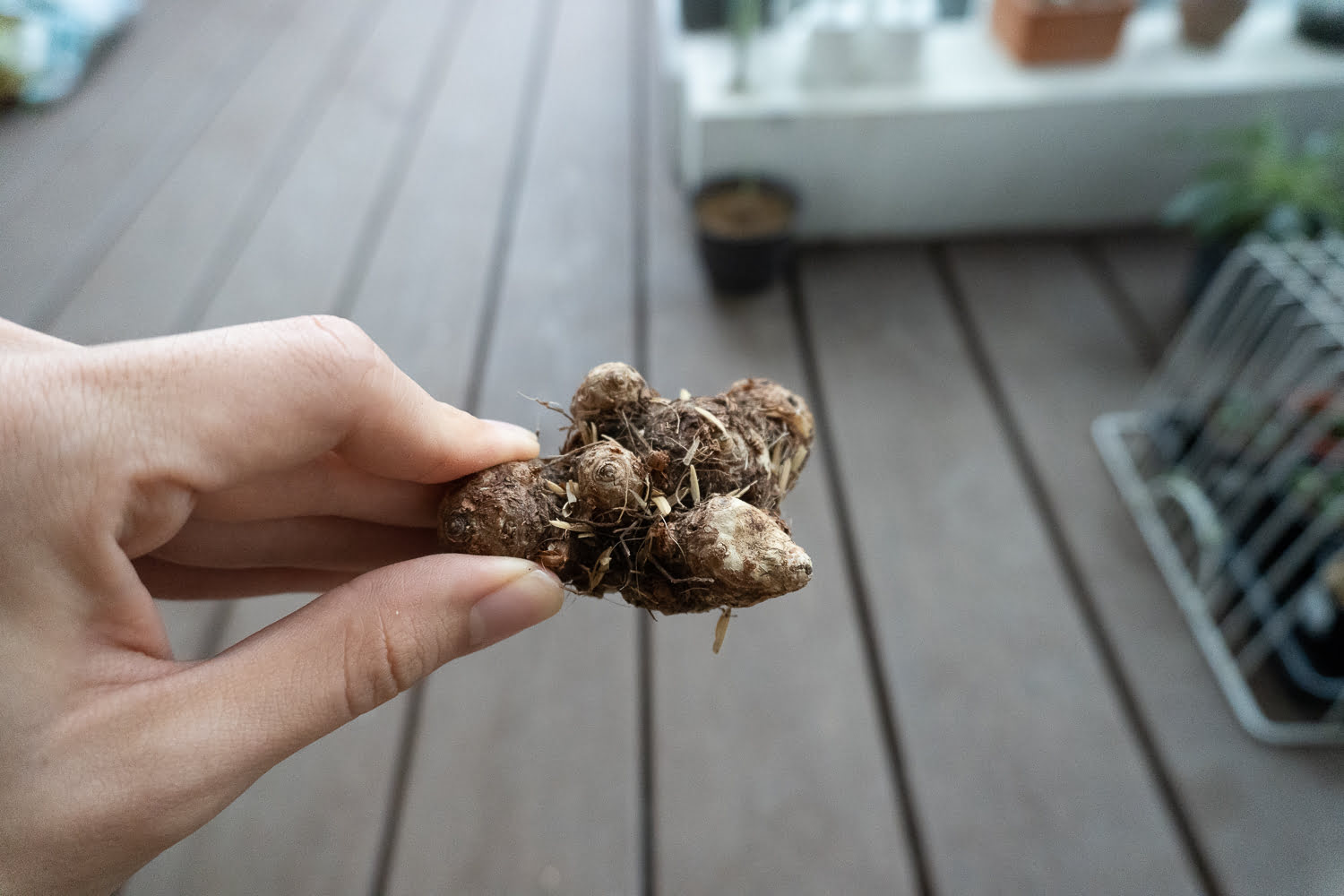
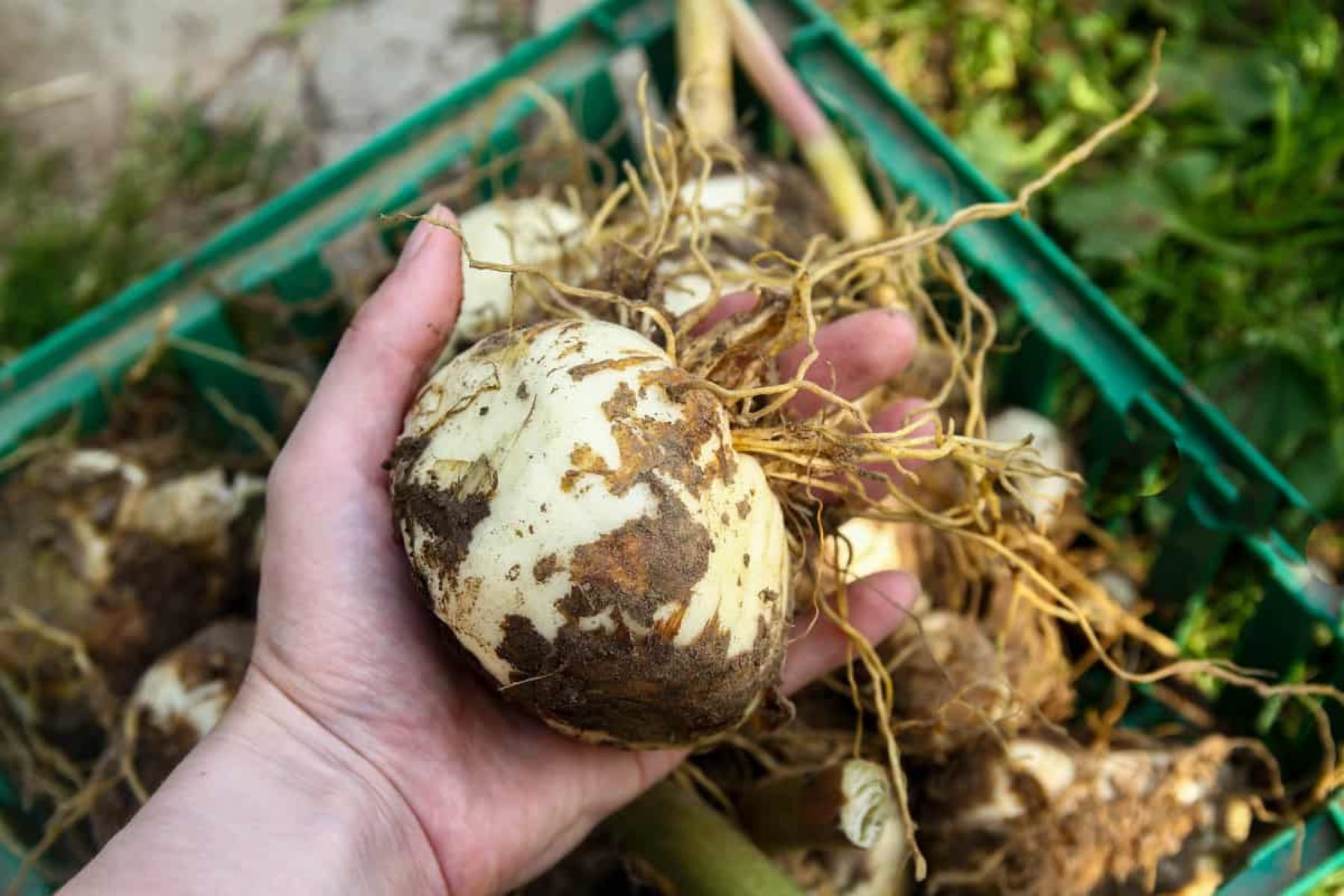
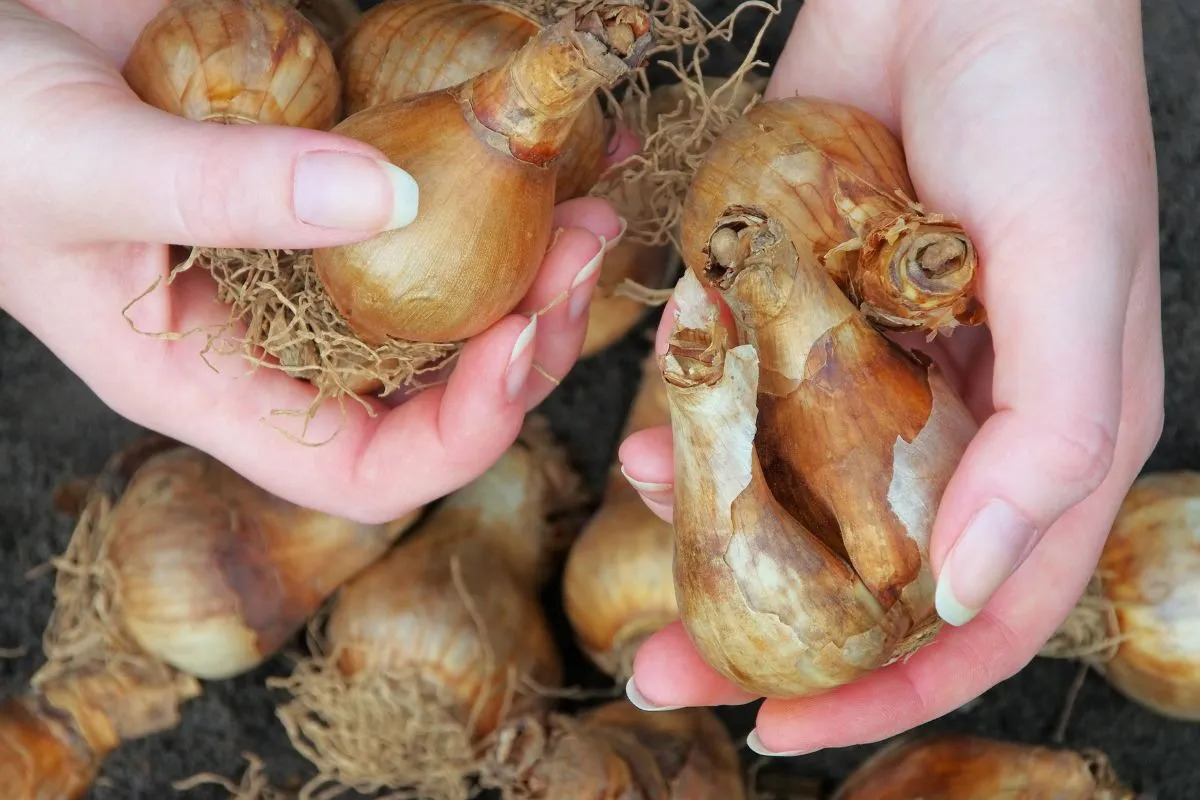

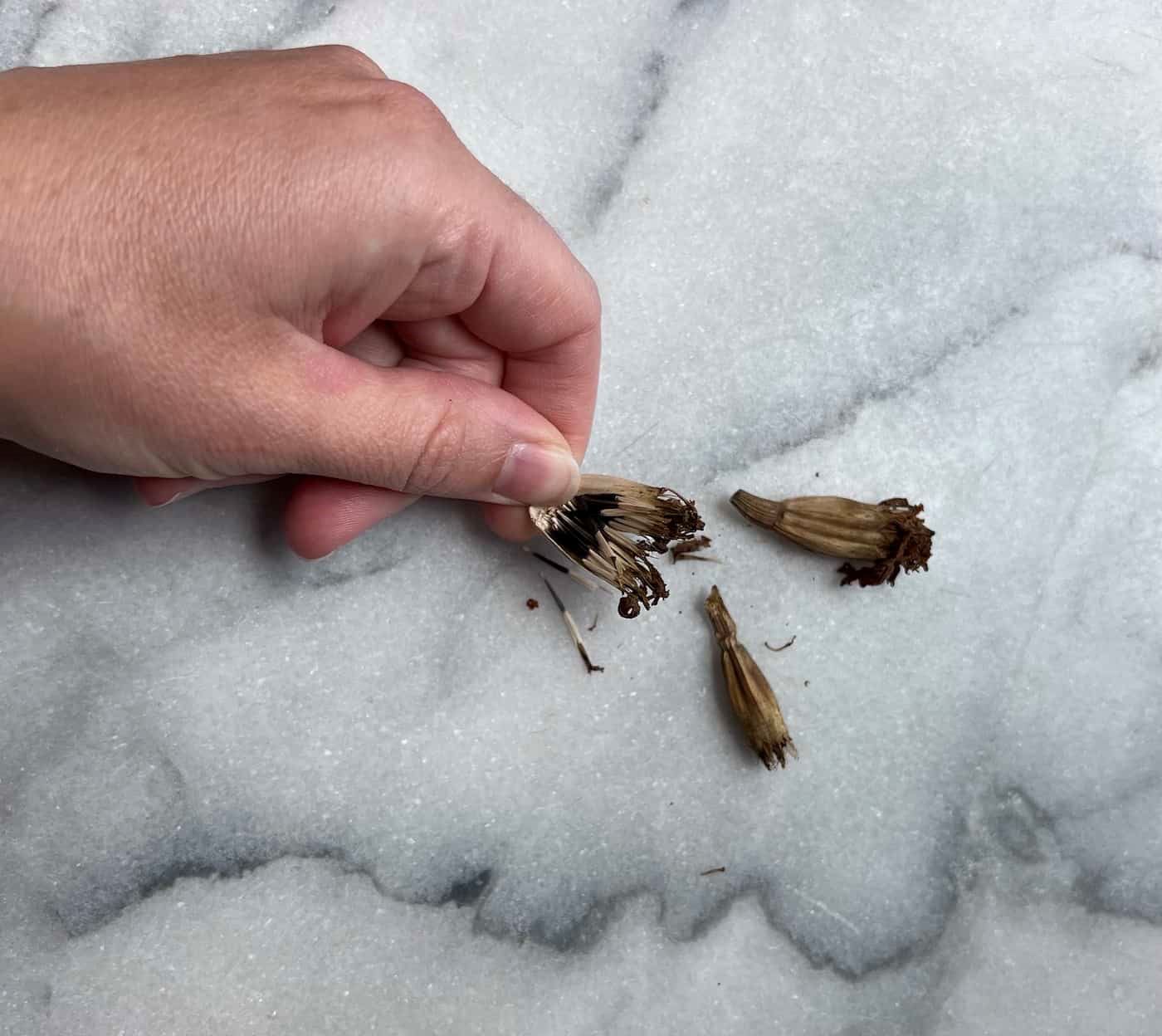
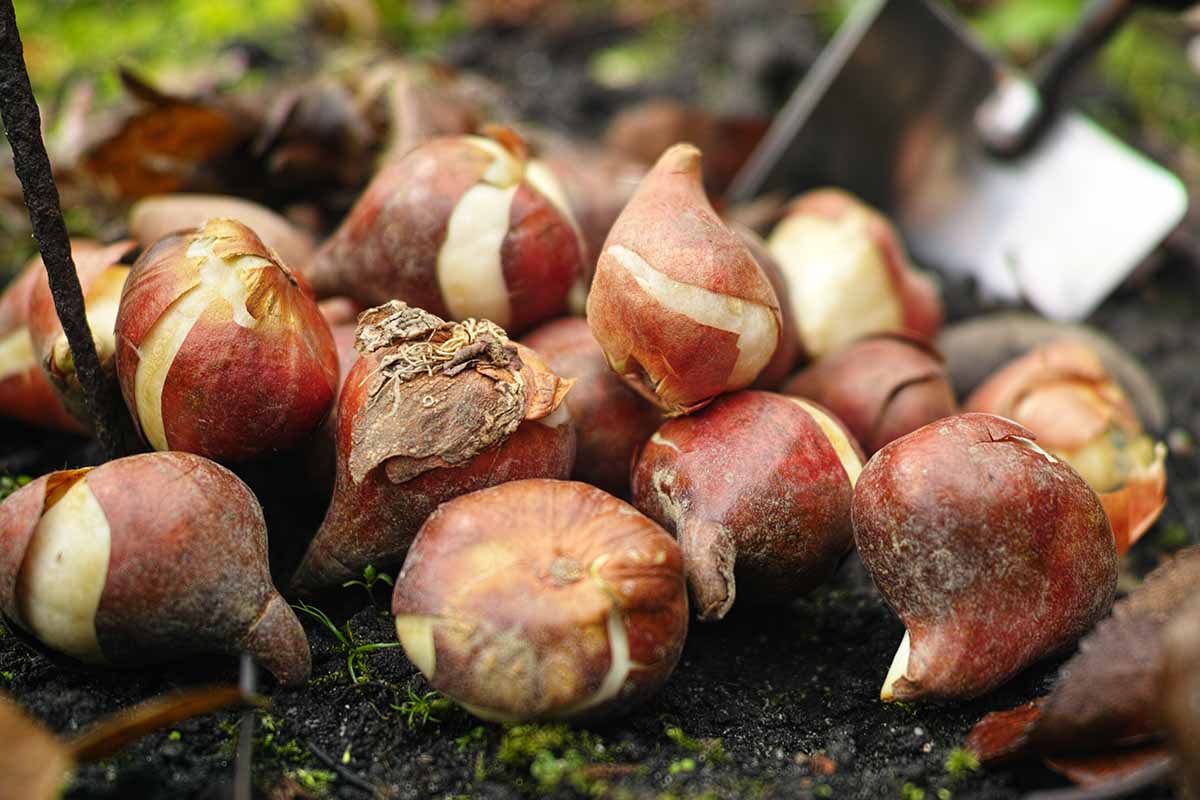
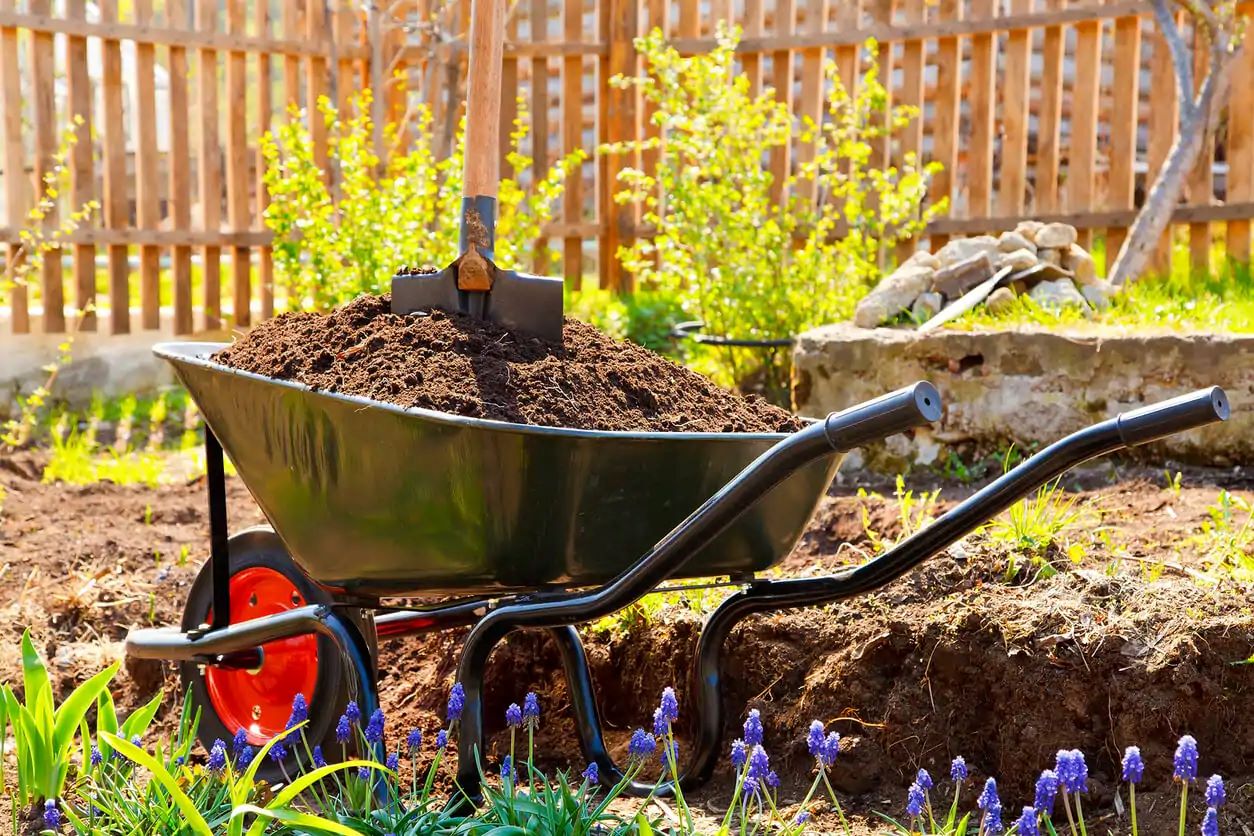
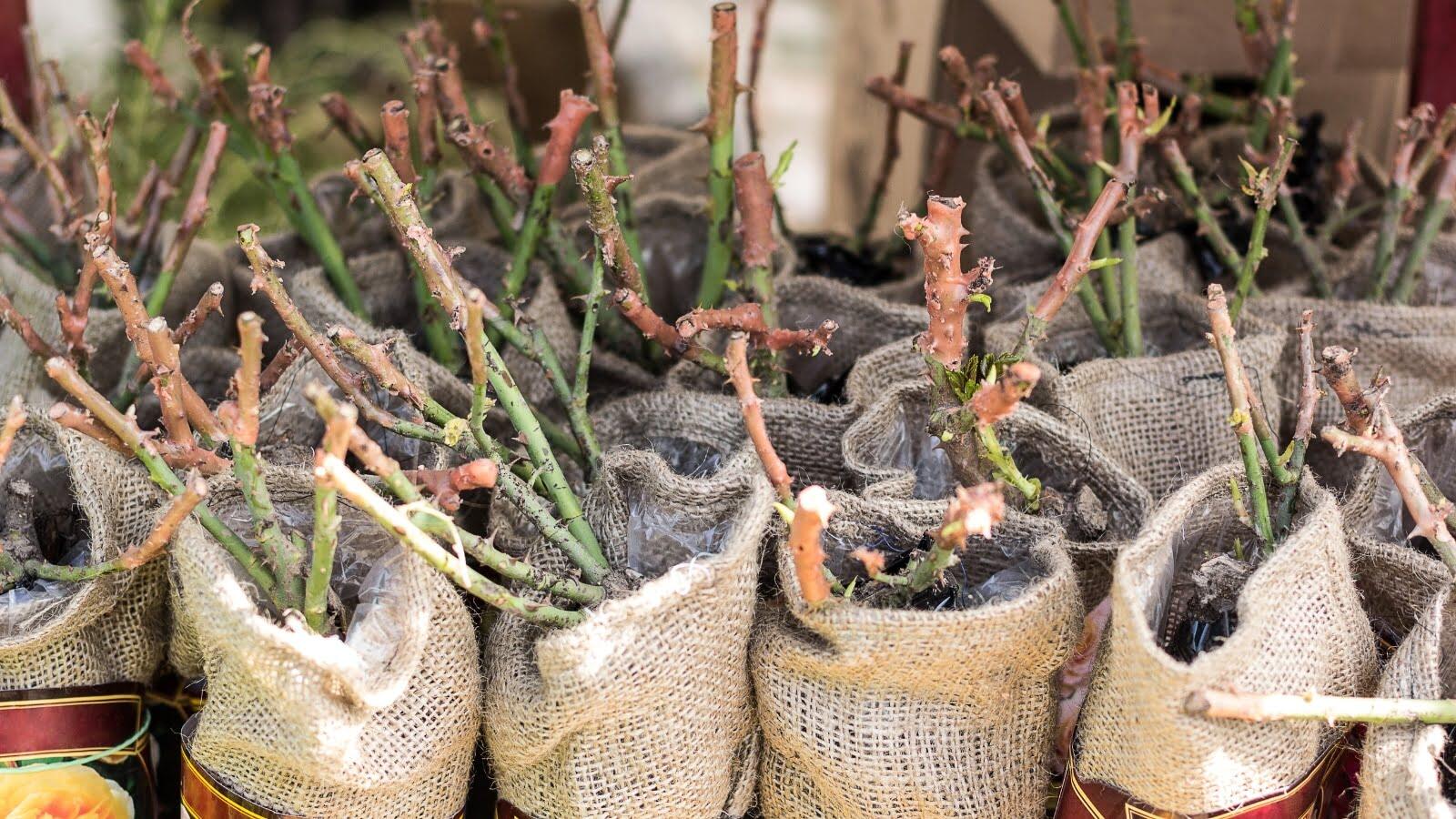

0 thoughts on “How To Store Banana Trees Over Winter”